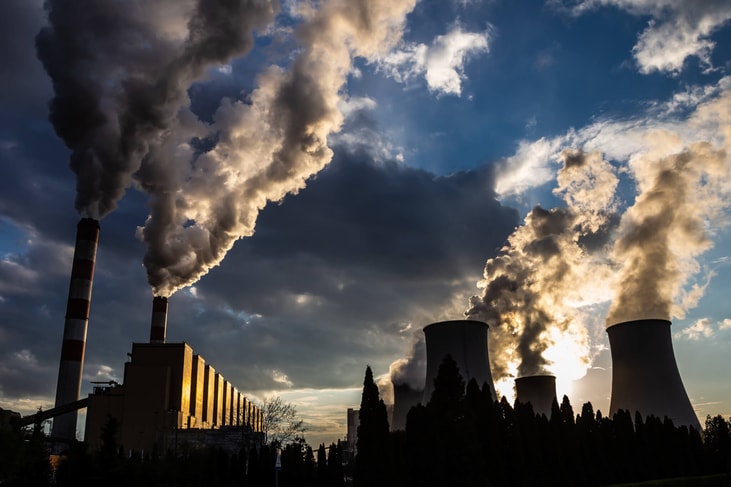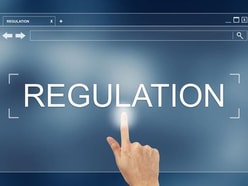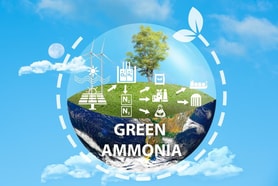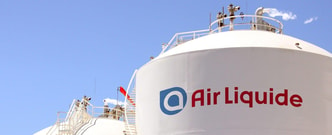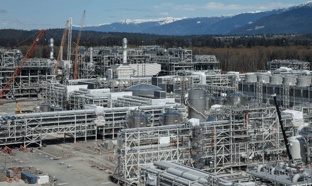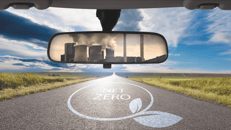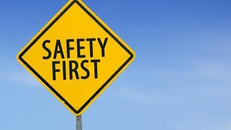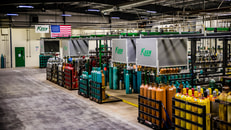Carbon pricing: what the rising cost of traded carbon means
Carbon pricing, whether through cap and trade (CAT) or through emissions trading schemes (ETS), attaches a cost to greenhouse gas emissions to discourage the combustion of coal, oil and gas, which are the main drivers of climate change. Only parts of North America deploy such schemes, but prices are rising where they are in place around the world, and they are a significant part of the global and North American picture that’s shaping the next wave of energy and industrial-efficiency investments, with industrial gases to the fore alongside established renewables.
Last year’s Inflation Reduction Act (IRA) moved the dial like never before on US investments in clean energy to address climate change. Across its various elements, the legislation has authorized an estimated $391bn of federal spending in this space – and it could go much higher than even that as many of the tax-credit incentives are uncapped.
The program of change the IRA will usher in operates through funding support for infrastructure investments and through tax credits for clean energy production, including up to $3 a kilogram for green hydrogen.
But what the IRA strikingly doesn’t do is touch one notable area of public policy that the federal government has so far side-stepped: namely, carbon pricing, which charges emitters of greenhouse gases for the carbon they are putting into the atmosphere on a dollar-price-per-ton basis.
... to continue reading you must be subscribed

